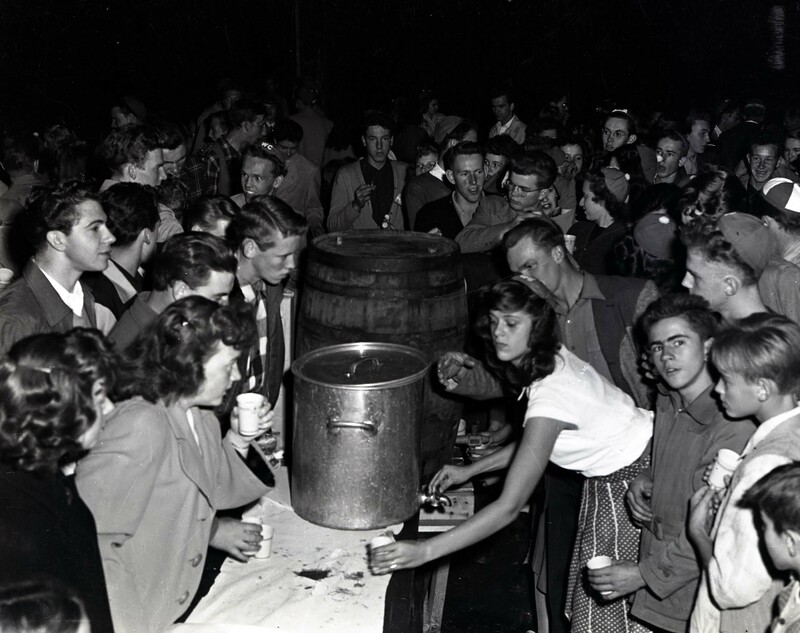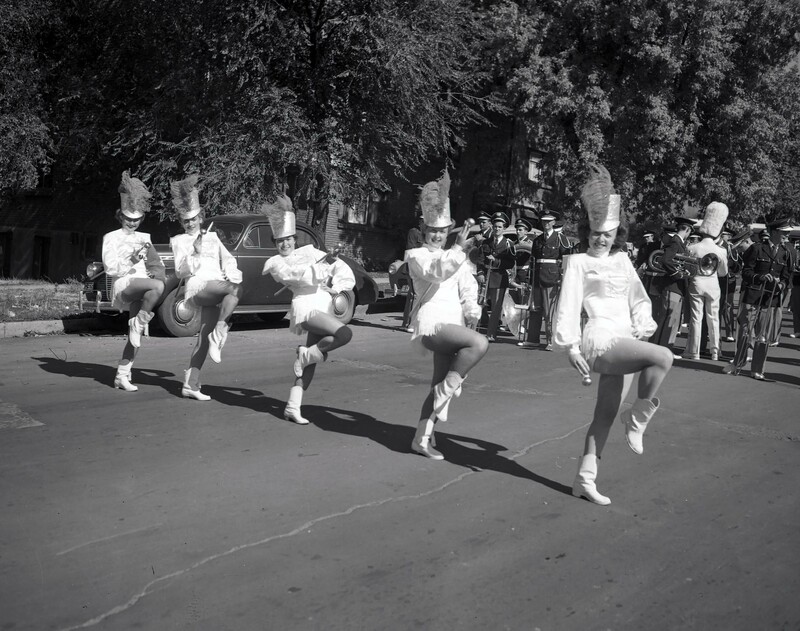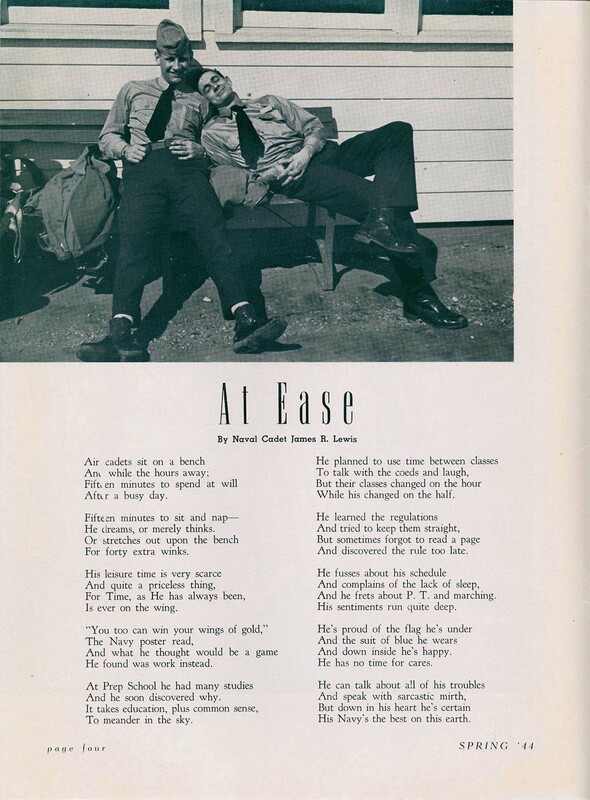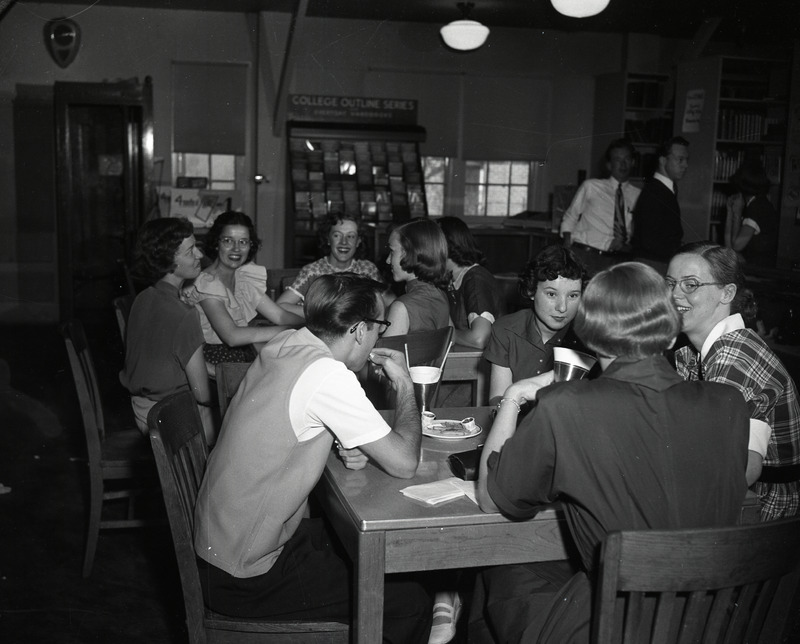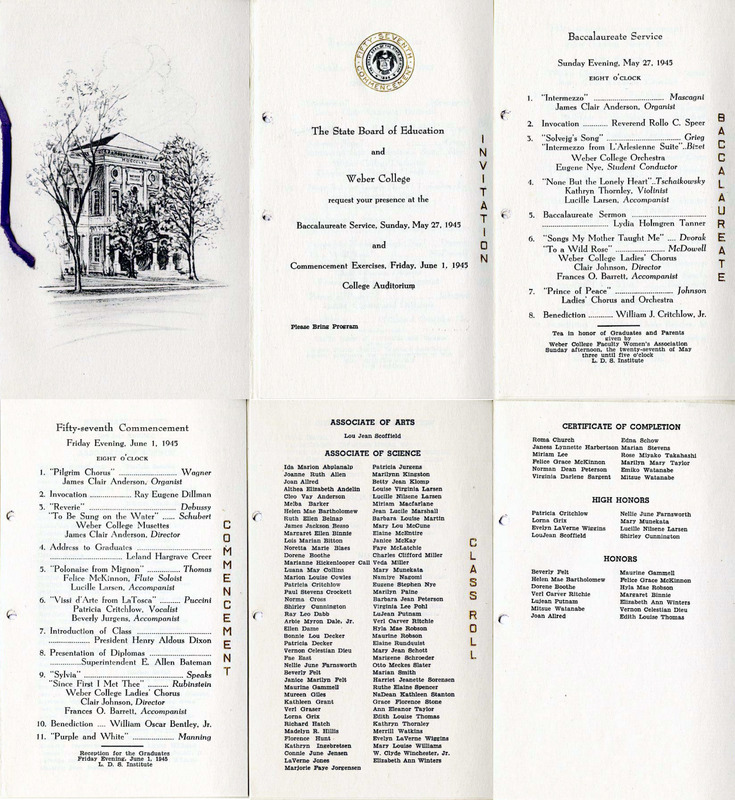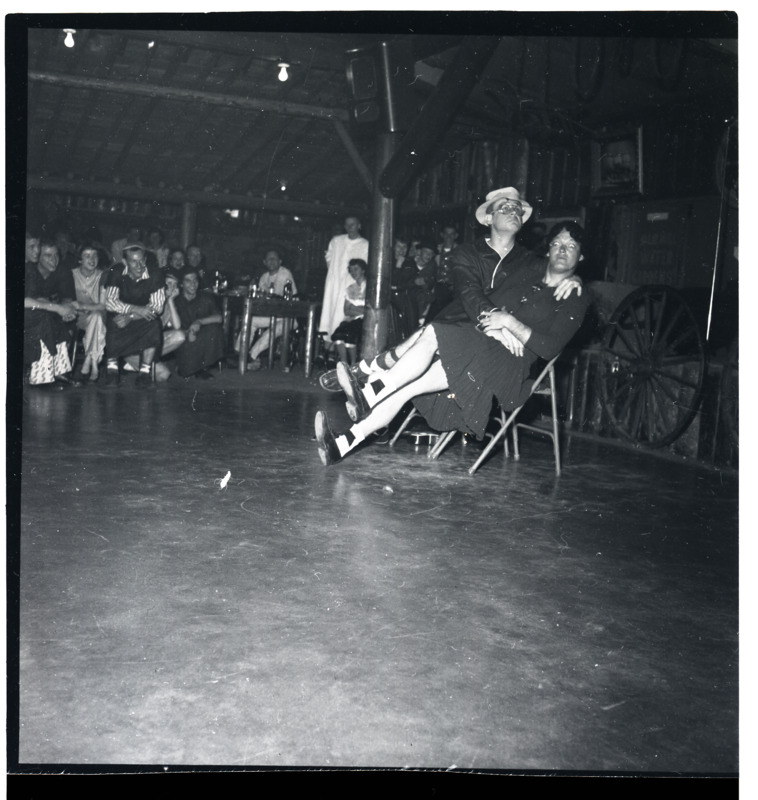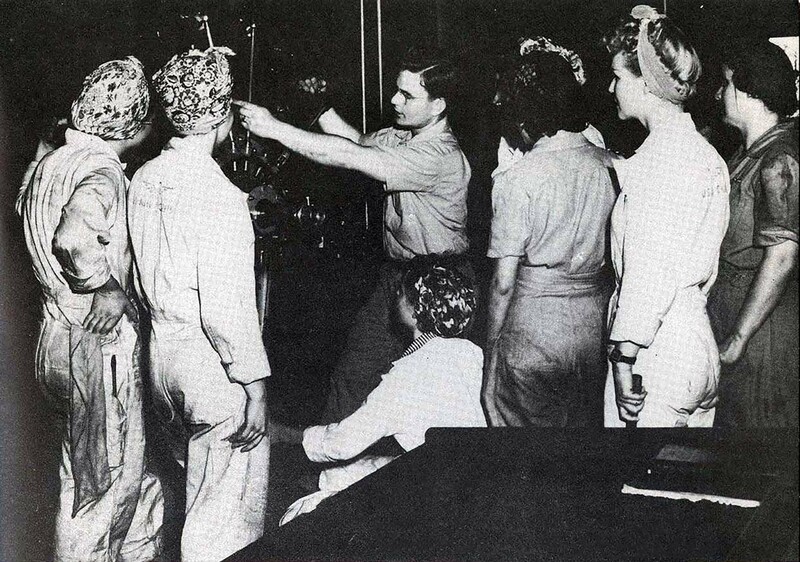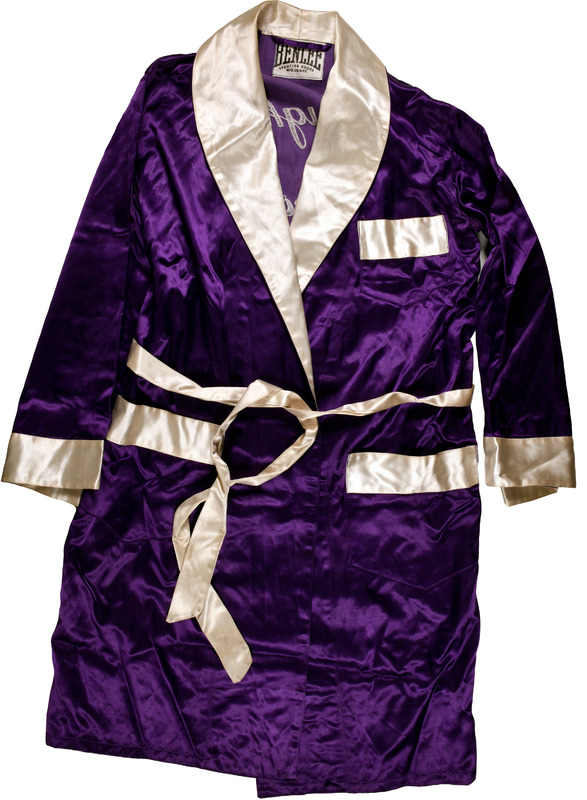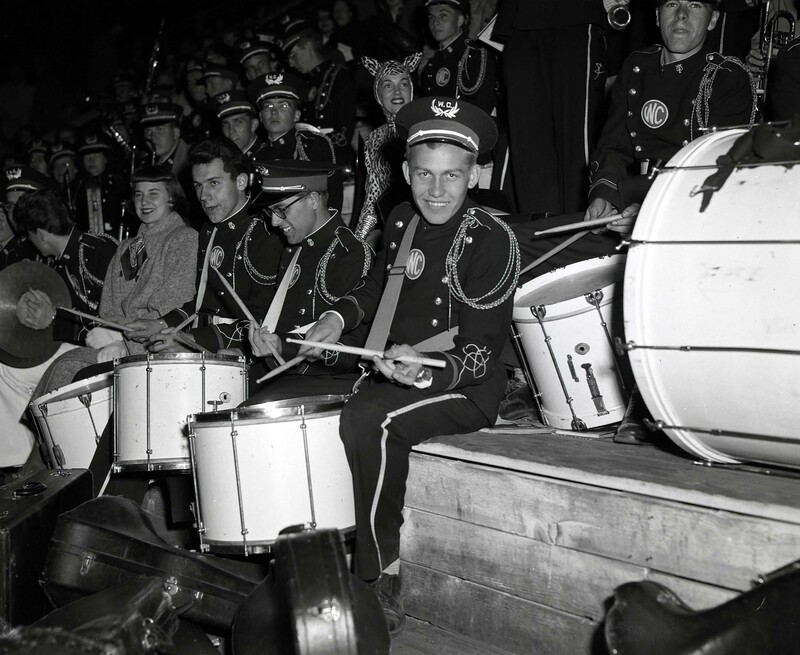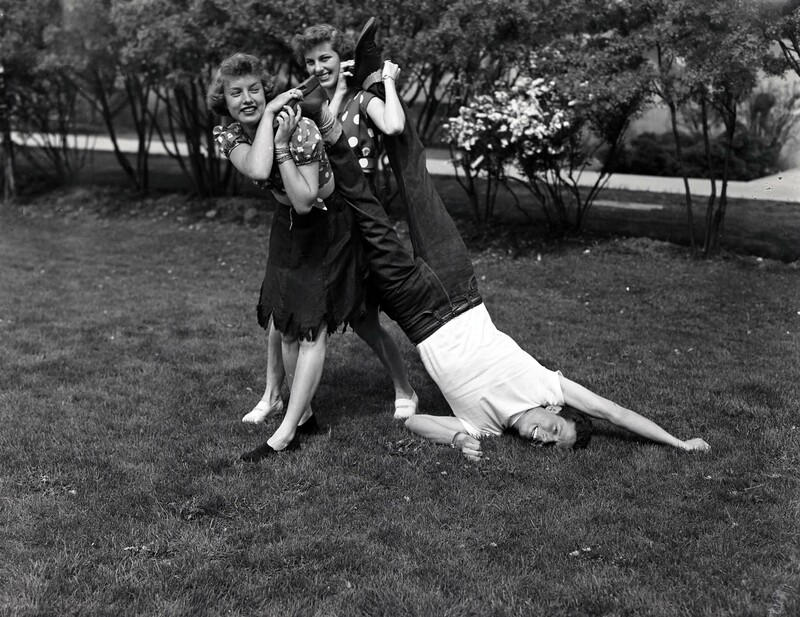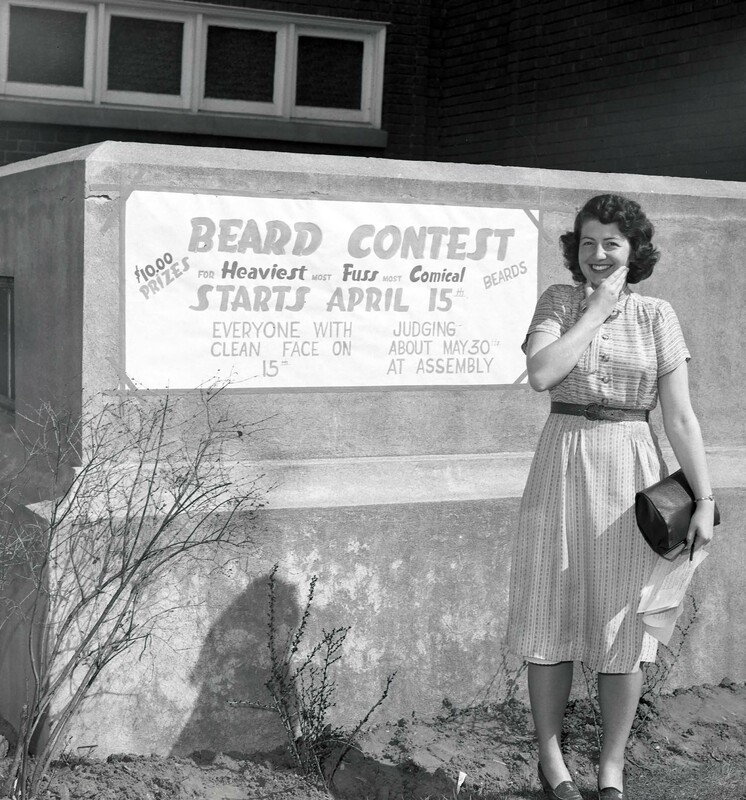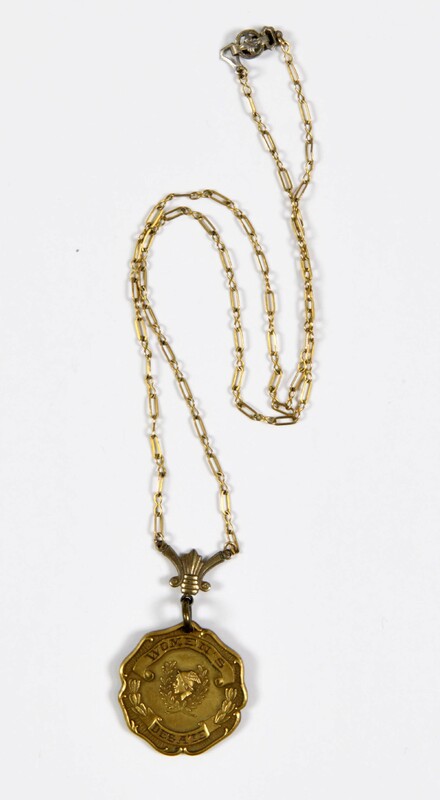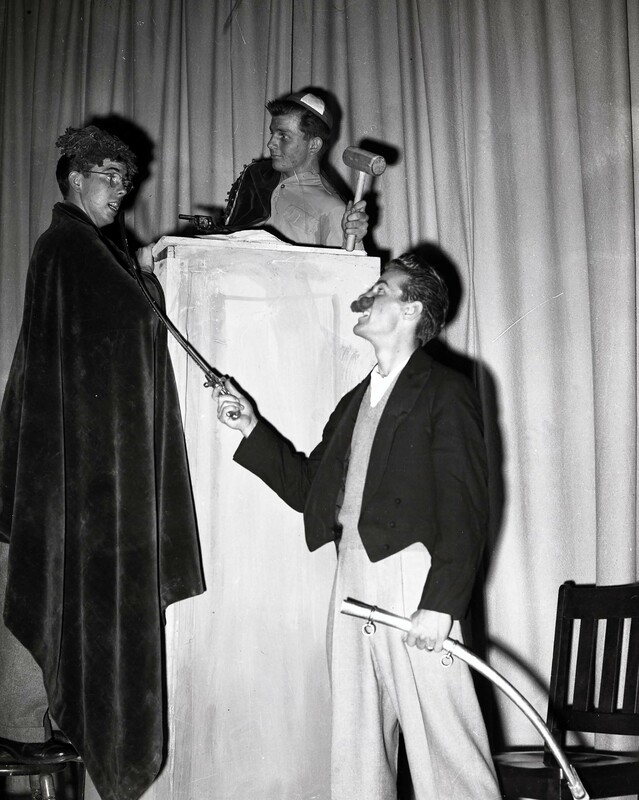1942-1951
1942 dawned dark and bleak as the ramifications of the attack on Pearl Harbor began to sink into life in the United States. Life changed drastically for students at Weber College as they sought to do their part to help the war effort. Over 1000 students, faculty, and staff answered the call to join the military and fight on the front lines. Those who stayed behind worked to help build airplanes and fill in for the men who went off to fight. Rationing took place, and efforts were made to sell bonds to help pay for the war. Weber College began offering classes to help train new service members, a cadet training program was established on campus, and women were taught the ins and outs of airplane engine manufacturing. During this time period, the Signpost continued to be published regularly. However, the Acorn yearbook was not published from 1943-1946.
Despite these many changes to everyday life, Weber College students continued to maintain many of their traditions throughout the decade, including various dances. In 1942, the school began a new dance called Sadie Hawkins. These girl’s choice dances had begun to appear throughout the country a year or two previously and became popular on campus. As fewer men were on campus, the competition to find a date to Sadie Hawkins began to heat up. Other dances that continued were the Preference dance, Snowball dance, and Pajama dance. Due to the rationing of rubber, a “Shoeless Shuffle” dance was instigated. A “Polygamist Prance” was also created to address the lack of men. These dances only lasted through the length of the war.
Intramural sports continued as well throughout the war. Students competed in boxing, swimming, baseball, softball, and volleyball. Official sports teams continued as well, but schedules looked different as the college strived to meet the changing dynamic of men’s collegiate sports during the war. From 1941 to 1943, Wat Misaka played for the basketball team, helping lead them to two championships. Wat would go on to play for the University of Utah, and eventually would become the first non-white player and first player of Asian descent in the Basketball Association of America (now known as the NBA).
As the war ended, and men began returning to Weber from the service, life on campus began to return to normal. Classes related to the war effort ended, along with rationing and activities created specifically during the war. The Kangaroo Court would take place. This fun event was a trial that the sophomore class would put on to judge the freshmen on whether they belonged at Weber, and was a fun way to welcome new freshmen. Beauty contests continued, with many “Queens” being crowned throughout the decade. Parades and sporting events began to ramp up again, and geology field trips continued to take place.
Major changes that are still present today also began after the war. For years, students at Weber College were referred to as wildcats. This nickname was originally given to a student a couple of decades earlier, and had become the nickname for all students at Weber College soon afterwards. However, despite the wildcat nickname being used, no official mascot existed. In 1946, the student newspaper, The Signpost, asked Art Professor Farrell Collett to draw a wildcat mascot they could use in their publications. By November of that year, a drawing was complete, and a contest was held to name the new mascot. Many names were submitted including Mert the Mewer, Webe, and Hep Cat. However, the new mascot was officially christened as Webert.
Since the late 1800s, Weber College had been located on a plot of land near downtown Ogden. As the college began to grow and expand, so did the surrounding neighborhoods. This hindered Weber’s ability to expand and led to the need for a second campus location. In the late 1940s a search began for a new site. 200 acres were found on the southeast section of Ogden, along Harrison Boulevard. By July of 1947, the land had been purchased from eight landowners. Planning of the new campus began immediately. A dedication of the land was held, and in 1951, the iconic rock wall on the west side of campus was officially dedicated, and became the first official structure on campus. Throughout the initial construction on campus, many students volunteered their time to help with landscaping and the construction of the rock wall.
Significant events: Sadie Hawkins dance begins, 1942; WWII dominates campus life, 1942-1945; the first wildcat mascot drawing created, 1946; land purchased for Harrison Campus, 1947.
